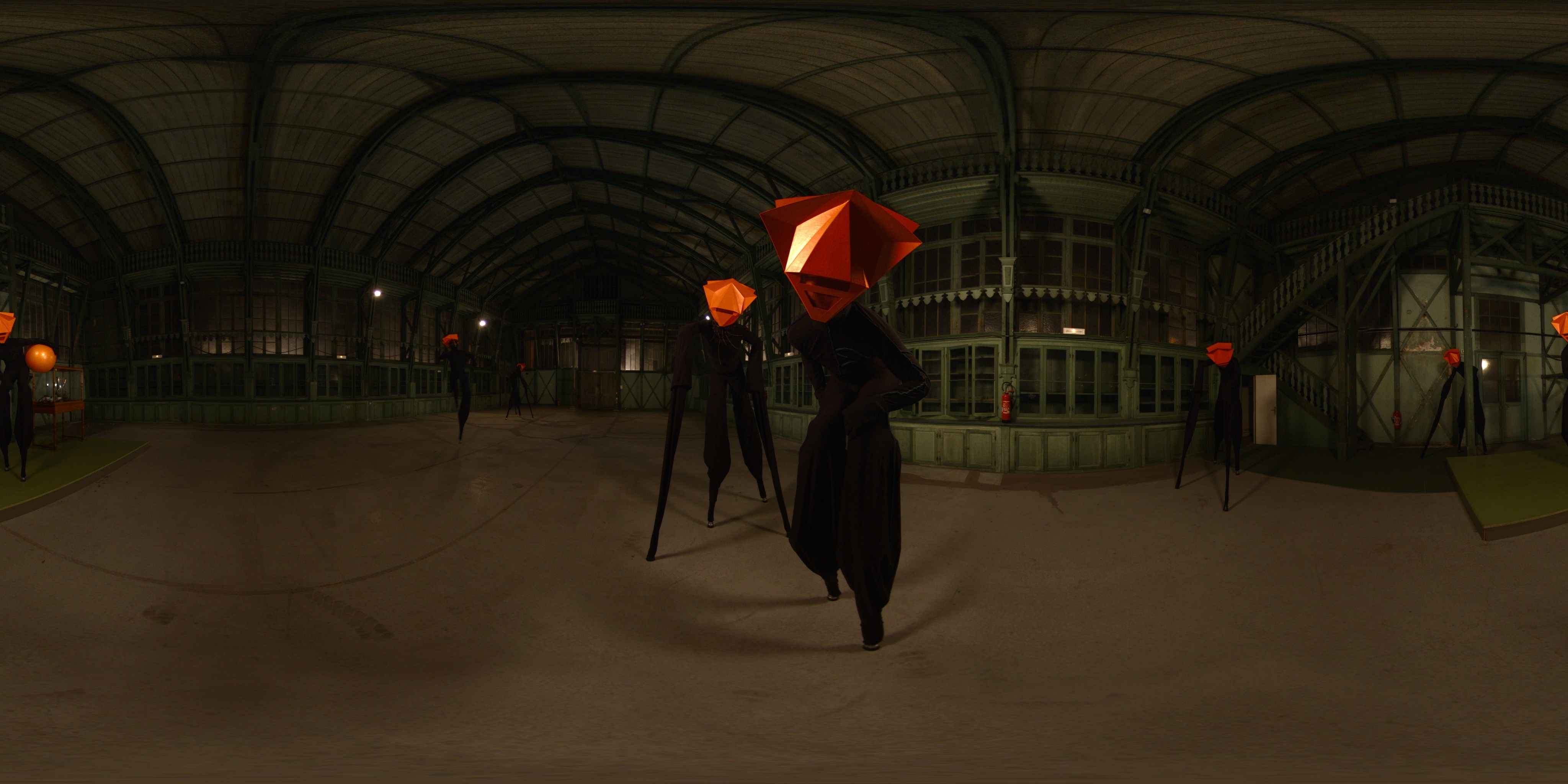- FR
- EN
I remember Vincent Ravalec’s first novel very well, showing up out of nowhere and winning the Prix de Flore in 1994. Back then, this kind of literature was a breather with its no fuss, intimate and almost noir style. Since then, Ravalec has been on a bunch of adventures, be it novels or films, or essays on shamanic and psychotropic rituals from far away lands.
He is now working on his first Virtual Reality project. Fabbula publishes his developer’s diary, the tale of a story being written.
The first time I tried on a headset, it was somewhat at random. I had a project that I had set aside in my drawers for some time now, Fan Club. I had already tried to make it into a comic, then a film, and at that time it was to be a short story that would evolve into a transmedia project (I kind of liked transmedia, specifically because it was ‘trans’, and that ‘trans’ projects are often interesting, more innovative, sometime surprising) but out of nowhere, the producers I was working with – a crew from Luxembourg, very cool, who luckily happened to have read some of my books and liked the project – had changed their minds.
No more transmedia! Transmedia was dead. No audience. It was already has-been, and consequently there was no more money for atypical projects like mine.
There was, however, another possibility. To do the project in VR.
I didn’t know what VR was. I had never heard of it. I think I had never seen a headset, or even the picture of someone wearing one.
On the other hand, I was familiar with the concept of virtual reality since I was a science-fiction buff. I knew that on some planets people lived in imaginary spaces, losing themselves in insane dreams, up to the point that it sometimes had to be banned, the social downsides being too important.
So I put on a headset and what happened was what always happens when someone tries VR for the first time. I said, “Wow, that’s crazy.” Then someone said (from inside this new, immaterial space): “Hello, how are you?” And even though I knew it was fake, that the real people were around me in the room and that the person that just talked to me didn’t exist, I had to make one hell of an effort not to answer.
All right, I said. We’ll do the project in VR. I like it.
The story I wanted to tell was a complex one.
Over the course of a weekend, a star is kidnapped by his fans. During the first half of the story, we think they’re a bunch of psychopaths, then we discover that the star was responsible for the deaths of many extras on a set early in his career. The fans are actually the relatives and friends of the victims who banded together in a ‘fan-club’. We then think that they’re not really psychopaths but rather some Avengers, judges and executioners coming to put their victim to death. But the closer we get to the ending, the more we realize that this is all an experiment. That the ‘fans’, for various reasons, have decided to take this situation as a case study, one that embodies the poisons that can spread and create across time and space an energetic knot, that bonds, like a sinister covenant, all those who were affected.
They’ve decided that this story would be an illustration, a reenactment, a catharsis and a resilience.
Intuitively, I thought that VR would be the perfect medium to tell that story, the best way to really bring this tale to life.
Now all that was left was to understand why.
